Archives
- 2025-11
- 2025-10
- 2025-09
- 2025-03
- 2025-02
- 2025-01
- 2024-12
- 2024-11
- 2024-10
- 2024-09
- 2024-08
- 2024-07
- 2024-06
- 2024-05
- 2024-04
- 2024-03
- 2024-02
- 2024-01
- 2023-12
- 2023-11
- 2023-10
- 2023-09
- 2023-08
- 2023-07
- 2023-06
- 2023-05
- 2023-04
- 2023-03
- 2023-02
- 2023-01
- 2022-12
- 2022-11
- 2022-10
- 2022-09
- 2022-08
- 2022-07
- 2022-06
- 2022-05
- 2022-04
- 2022-03
- 2022-02
- 2022-01
- 2021-12
- 2021-11
- 2021-10
- 2021-09
- 2021-08
- 2021-07
- 2021-06
- 2021-05
- 2021-04
- 2021-03
- 2021-02
- 2021-01
- 2020-12
- 2020-11
- 2020-10
- 2020-09
- 2020-08
- 2020-07
- 2020-06
- 2020-05
- 2020-04
- 2020-03
- 2020-02
- 2020-01
- 2019-12
- 2019-11
- 2019-10
- 2019-09
- 2019-08
- 2019-07
- 2019-06
- 2019-05
- 2019-04
- 2018-07
-
br Conclusion br Acknowledgements br Introduction
2025-01-23
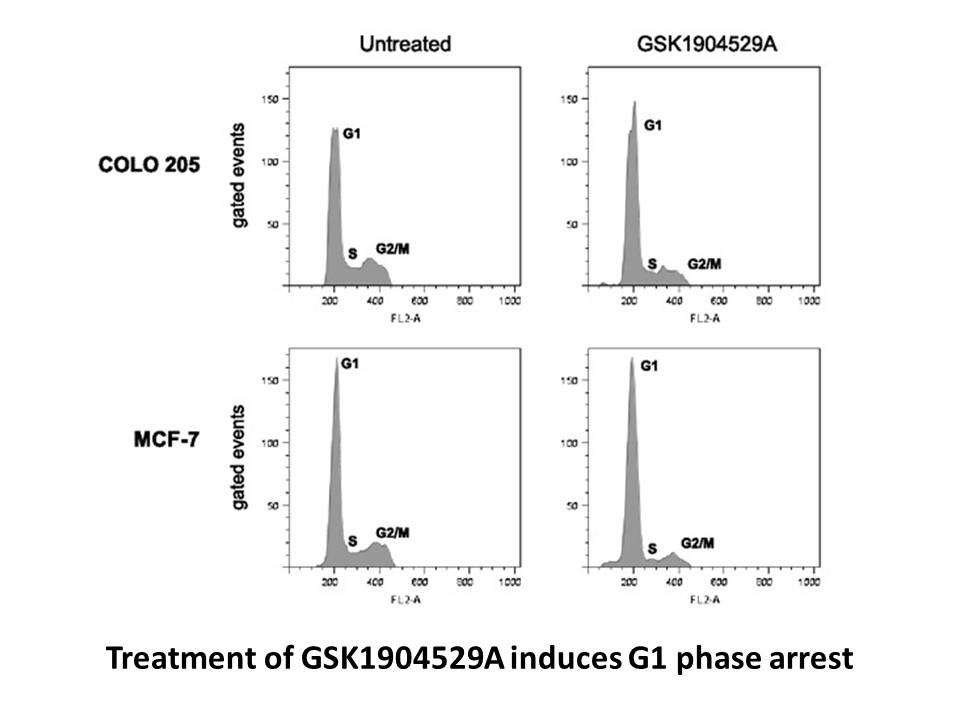
Conclusion Acknowledgements Introduction Synapses are the fundamental elements of neuronal networks that enable the processing, encoding, and retrieval of information in the brain, and pathological disruptions in synapse structure are broadly held to underlie the development of neurological
-
The structural analysis of the ASK activation segment
2025-01-23
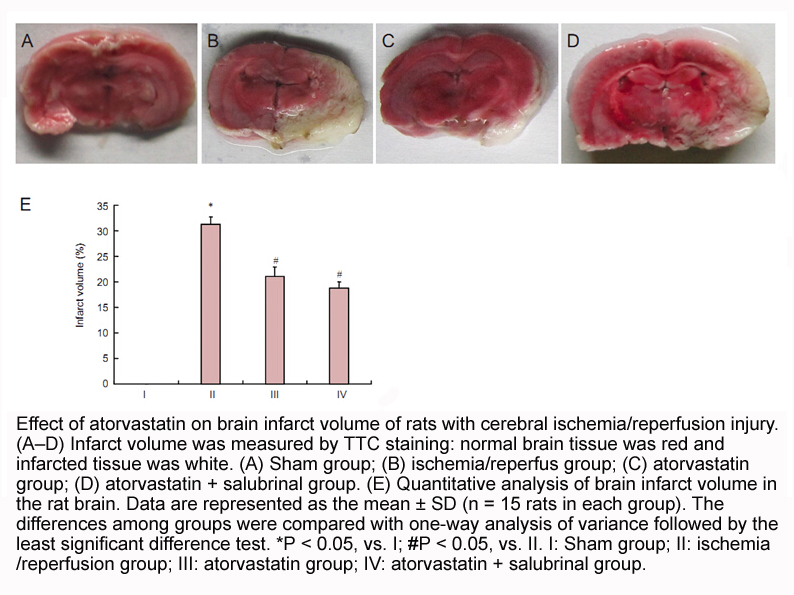
The structural analysis of the ASK1 activation segment, which was not phosphorylated in the crystal structure, showed interactions mimicking those found in activated kinases. In addition, the isolated unphosphorylated ASK1-CD is active and able to autophosphorylate itself at three sites, Thr813, Thr
-
Apelin is a bioactive peptide and
2025-01-23

Apelin is a bioactive peptide and endogenous ligand for the APJ receptor (APLNR), a member of the G protein coupled receptor family that shares a similar sequence as the angiotensin type-1 receptor (AT1) [5]. Early studies demonstrated that the apelin/APLNR receptor axis plays a significant role in
-
Therefore we have further investigated the
2025-01-23
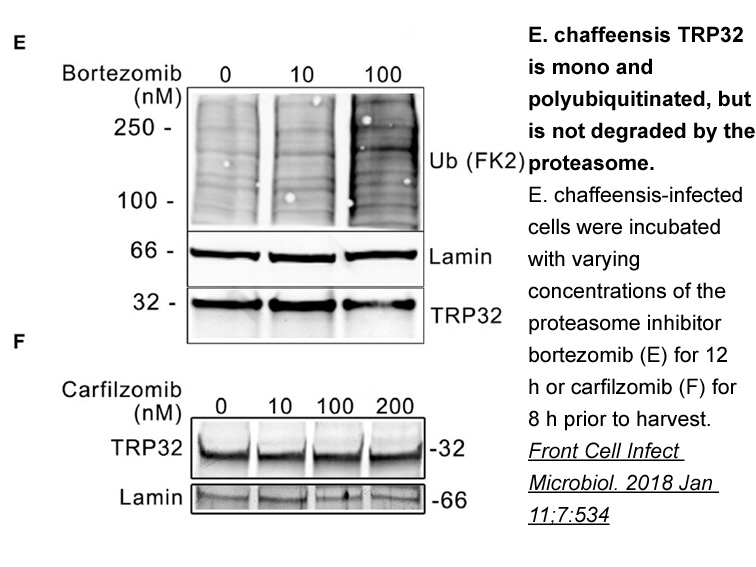
Therefore, we have further investigated the anti-oxidant activity of isogarcinol in vitro by measuring the scavenging of 2,2′-diphenyl-1-1picrylhydrazyl (DPPH) and 2,2′-azino-bia (3-ethylben-zothiazoline-6-sulphonicacid) (ABTS), and determining its reducing power and ability to prevent lipid peroxid
-
EPSP analogs were retrieved from PubChem database and dockin
2025-01-23

EPSP analogs were retrieved from PubChem database and docking procedure yielded about eight best binding analogs (Fig. 10). The selected molecules were further assessed for their theoretical Ki values using AUTODOCK software version 4. The predicted binding efficiency of retrieved analogs was estima
-
br Introduction Quenchbody Q body immunoassay is a novel bio
2025-01-23

Introduction Quenchbody (Q-body) immunoassay is a novel biosensing technology that uses the quenching of fluorescence by intrinsic tryptophan (Trp) residues in antibody variable regions when dye(s) are conjugated to an antibody or antibody fragments in appropriate position, and de-quenching while
-
Fig shows a possible scheme of the generation
2025-01-23

Fig. 8 shows a possible scheme of the generation of AP(+)-exosomes based on this study. In response to inflammatory stimuli, ERAP1 is secreted from ER into the extracellular milieu through the conventional secretion pathway. On the other hand, exosomes are derived from the endosomal pathway, and are
-
Our conclusion was confirmed by two experiments The addition
2025-01-23

Our conclusion was confirmed by two experiments. The addition of aminopeptidase-specific inhibitors at high concentrations allowed us to exclude the possibility of substrate hydrolysis by other proteases present in the samples, for example, endoproteases. After the application of inhibitors, we were
-
br Material and methods br
2025-01-23
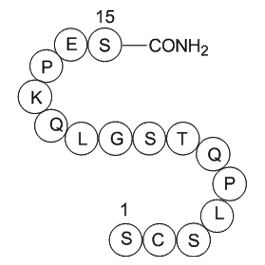
Material and methods Results Discussion Although we were not able to detect 12/15-LOX mRNA in the lungs of 12/15-LOX knockout mice substantial amounts of 15-HETE could be detected in BALF. In fact, significant synthesis of 15-HETE in 12/15-LOX mice have been already reported [17]. The redun
-
br Conflict of interest statement br Introduction
2025-01-23
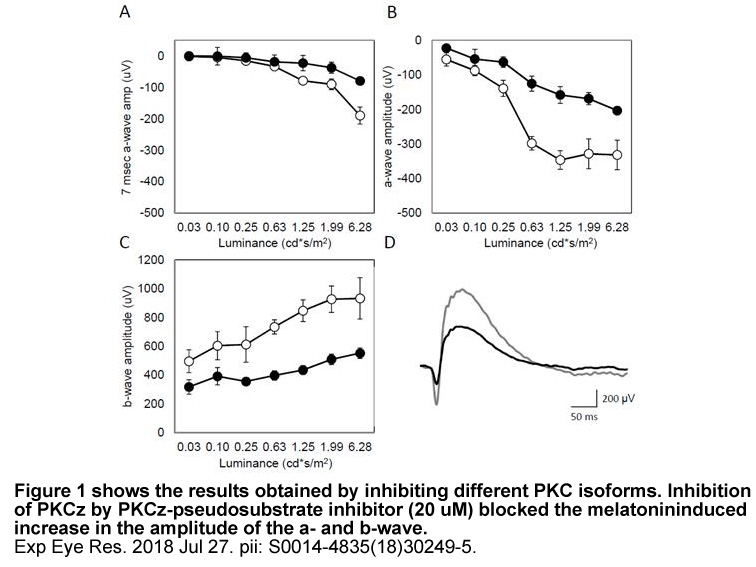
Conflict of interest statement Introduction Currently, adenocarcinoma is the most common histological subtype of lung cancer. Activating mutations and translocations with a potential for targeted therapy are reported predominantly in non-smokers. ALK rearrangement is found in less than 5% of u
-
AKT has been shown to be important for
2025-01-23
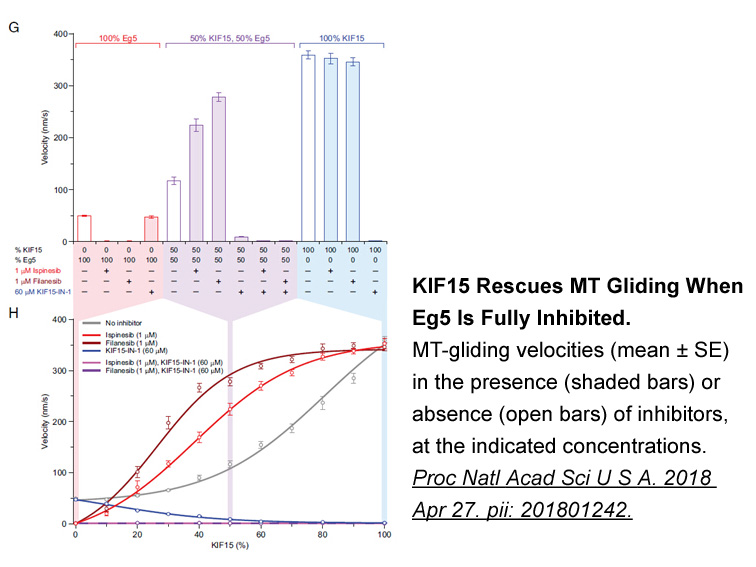
AKT1 has been shown to be important for G1-S checkpoint transition and proliferation, whereas AKT2 regulates cell-cycle exit through its interaction with p21 (Héron-Milhavet et al., 2006). In a recent study in triple negative breast cancer, AKT3, rather than AKT1 activity was most important for cell
-
br Materials and methods br Results br
2025-01-22

Materials and methods Results Discussion Numerous studies showed that Na+-K+-ATPase activity and membrane Chromatography column were decreased in cardiac tissue subjected to IR (Belliard et al., 2013; Lee et al., 2013). In return, treatment that alleviated the progress of IR-related myocar
-
br Materials and methods br Results br Discussion CUs
2025-01-22
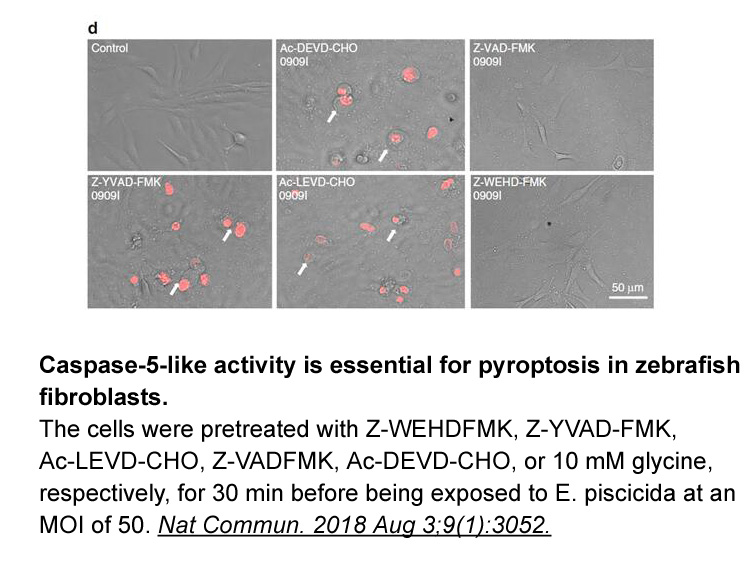
Materials and methods Results Discussion CUs, which have been used as traditional medicine for thousands of years in East Asian countries, have the potential to be used for cancer chemoprevention and chemotherapy [17], [18], [19], [20]. CuB is one of the most promising agents as it is repor
-
Non steroidal anti inflammatory drugs which include aspirin
2025-01-22

Non-steroidal anti-inflammatory drugs, which include aspirin and ibuprofen, target COX-2 activity to inhibit inflammation. It has been shown that daily use of a nonsteroidal anti-inflammatory drugs is associated with reduced ER-positive breast cancer recurrence in obese and overweight women. More pr
-
The mechanism governing how mechanotransduction signals regu
2025-01-22
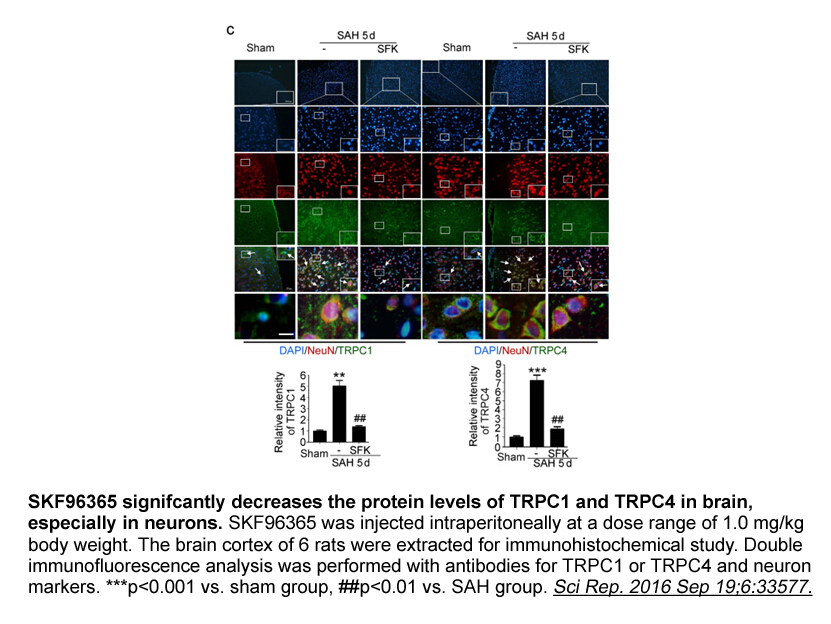
The mechanism governing how mechanotransduction signals regulate a number of genes involved in cartilage hemostasis remains unclarified. Mitogen-activated protein kinase (MAPK) pathways are activated by static and dynamic compression of cartilage (31 32). c-Fos/AP-1 is downstream of the MAPK pathway
15484 records 24/1033 page Previous Next First page 上5页 2122232425 下5页 Last page